ZeeZee Plant Leaves Turning Brown
smitsky
13 years ago
Related Stories

GARDENING GUIDESWhat's Wrong With My Plant? Leaves Often Hold the Clues
Learn how to identify common plant ailments by reading their leaves
Full Story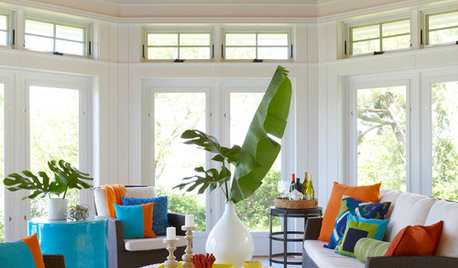
TROPICAL STYLEEasy Decorating: Turn Over a New, Tropical Leaf
Toss a palm frond in a vase or gather a whole bouquet — fresh or preserved tropical leaves bring on the exotic with almost no effort
Full Story
GARDENING GUIDESGot Frost-Damaged Plants? How It Happens, and When and How to Prune
Crispy brown leaves are a sure sign that Jack Frost has been to your neighborhood
Full Story
FALL GARDENING5 Ways to Put Fall Leaves to Work in Your Garden
Improve your soil and yard the organic way with a valuable garden booster that grows on trees
Full Story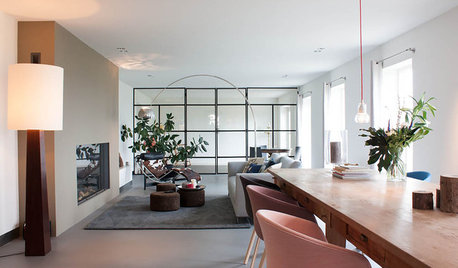
HOUZZ TOURSMy Houzz: Turning a Netherlands Barn Into a Country Home
Once a place for chilling milk, this Dutch home now lets the owners chill out in easygoing comfort
Full Story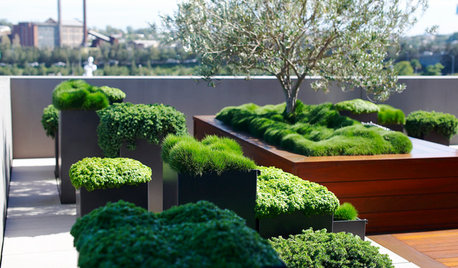
LANDSCAPE DESIGNSee How to Turn a Small Outdoor Room Into a Peaceful Retreat
Really, that neglected terrace or courtyard can become the garden of your dreams
Full Story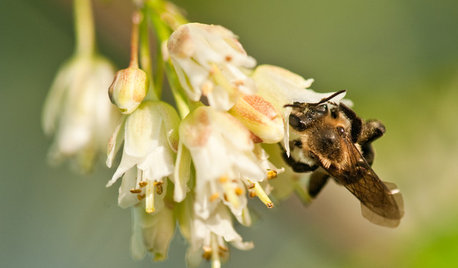
GARDENING GUIDESGreat Design Plant: Staphylea Trifolia Shines in the Shade
Plant American bladdernut for 3 seasons of interest: spring flowers and striped brown branches and bladder-like seedpods in fall and winter
Full Story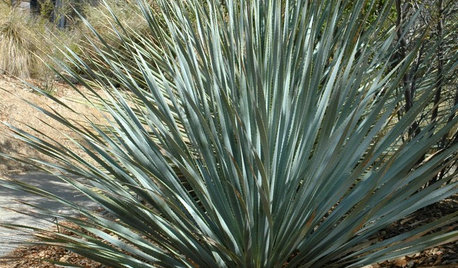
GARDENING GUIDESGreat Design Plant: Dasylirion Wheeleri
The gray-toothed leaves of common sotol add great spiky texture to drought-tolerant landscapes
Full Story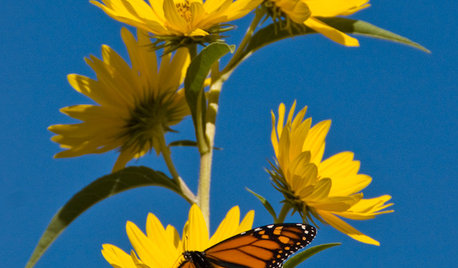
GARDENING GUIDESGreat Design Plant: Helianthus Maximiliani Attracts Beneficial Insects
Maximilian sunflower’s striking yellow flowers light up the fall landscape and attract pollinators and beneficial insects at a crucial time
Full Story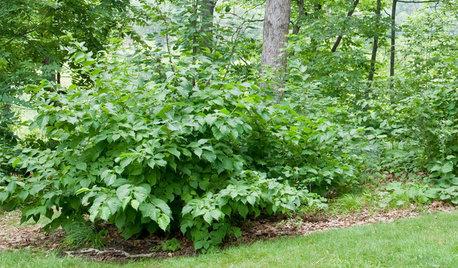
GARDENING GUIDESGreat Design Plant: Corylus Americana Awakens the Woodland Garden
Plant American hazelnut for three seasons of interest and to feed our furry and feathered friends
Full StoryMore Discussions








gobluedjm 9/18 CA
pirate_girl
Related Professionals
Danbury Landscape Architects & Landscape Designers · Ballwin Landscape Architects & Landscape Designers · Norton Shores Landscape Architects & Landscape Designers · Wareham Landscape Architects & Landscape Designers · Ashburn Landscape Contractors · Cupertino Landscape Contractors · Dedham Landscape Contractors · East Hanover Landscape Contractors · Gallatin Landscape Contractors · Hampton Bays Landscape Contractors · La Mirada Landscape Contractors · Nutley Landscape Contractors · Parker Landscape Contractors · Plymouth Landscape Contractors · Soddy Daisy Landscape Contractorsexoticrainforest
E S